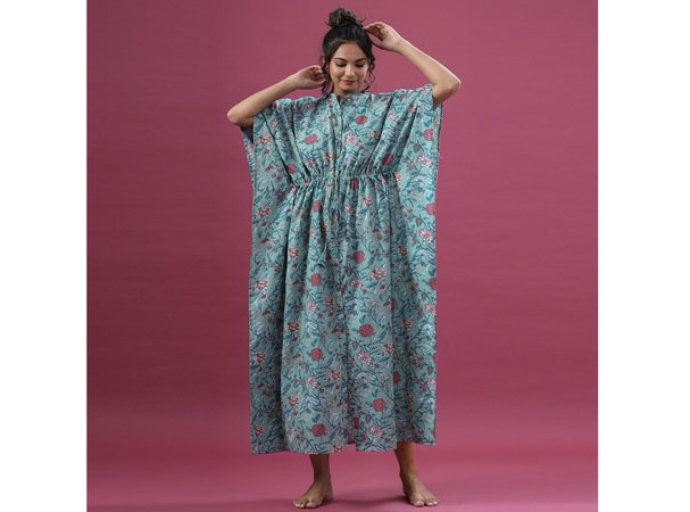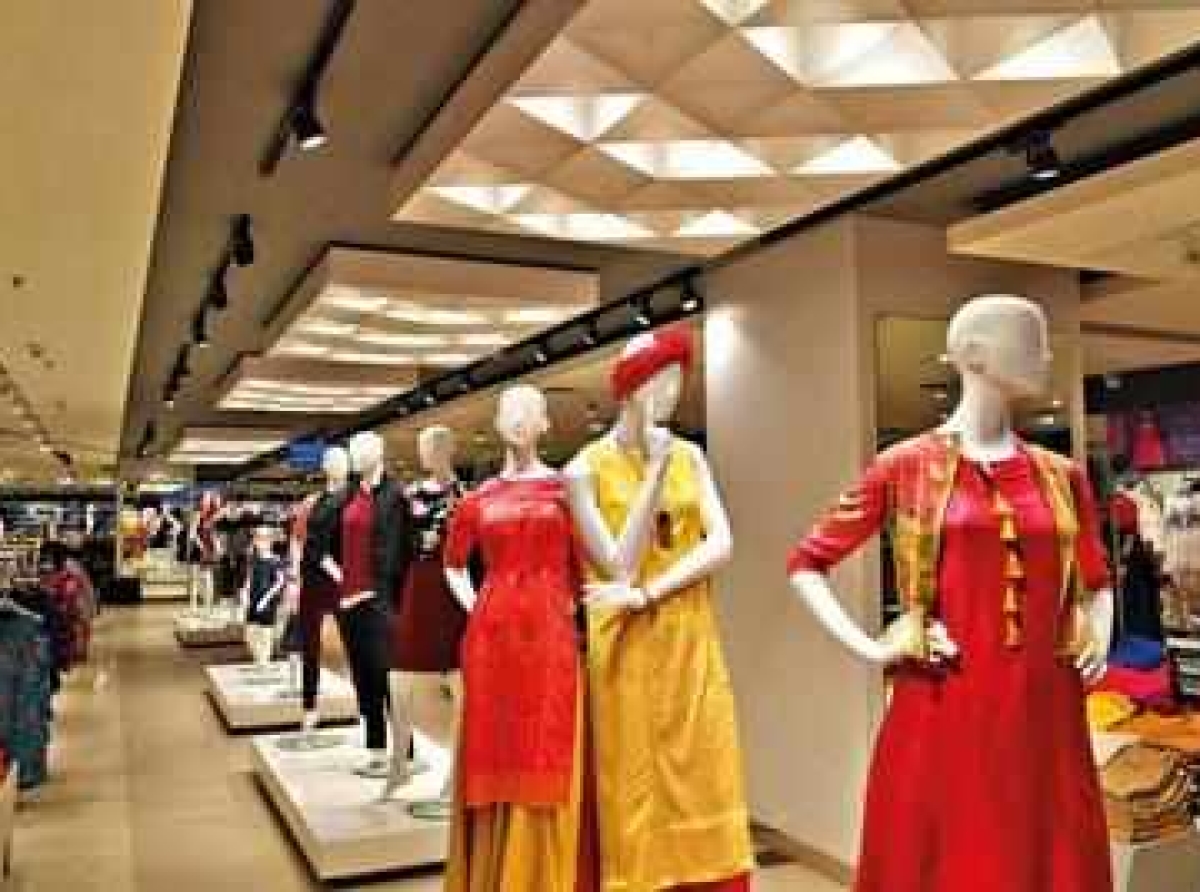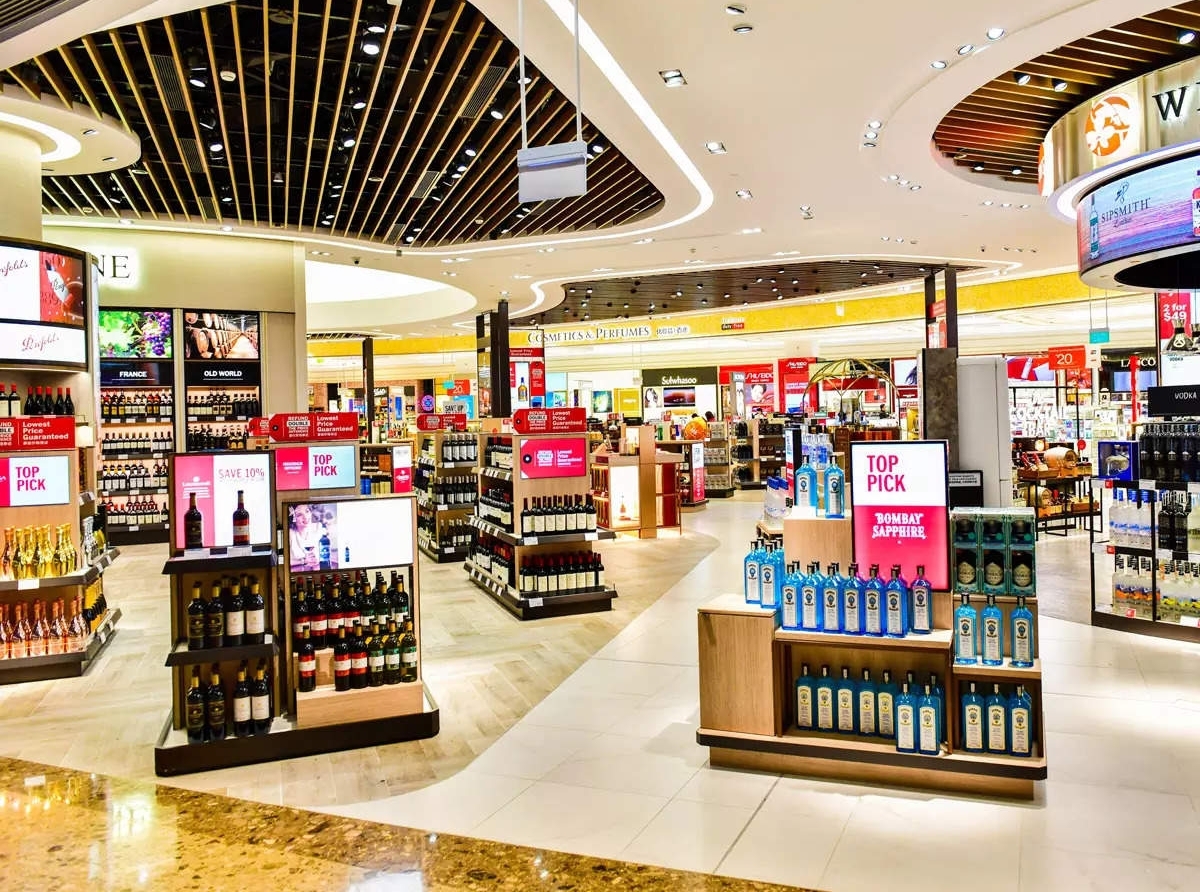Apparel Sector - How much is cost inflation posing a threat to volume and demand Pressure

22 June 2022, Mumbai:
A network of distribution channels known as the "apparel supply chain" performs various tasks, from acquiring raw materials to transforming them into completed goods and distributing them to clients.
Older versions of the current supply chain's many divisions worked separately, including planning, production, distribution, and acquiring raw materials. Conflicts and misunderstandings were frequently the outcomes of this.
ALSO READ E-tailer Sales: Going Strong Despite Inflation & Low Consumer Sentiment

The marketing department's aims and the production department's goals conflicted, and other divisions experienced a similar predicament. As a result, the company as a whole needed an integrated plan.
Consequently, the garment supply chain was established. This method vertically integrated all the procedures in the many departments involved in manufacturing clothing.

ALSO READ Rising cotton cost compel Indian fashion retailers to hike apparel prices
There are four primary causes of inflation. Cost-push inflation, which is the reduction in the overall supply of goods and services brought on by an increase in production costs, and demand-pull inflation, which is the rise in aggregate demand divided among the four sectors of the macroeconomy: households, businesses, governments, and foreign buyers, are two examples.
An increase in an economy's money supply and a decline in the demand for money are the other two elements contributing to inflation.
RELEVANT NEWS December retail inflation climbs to five-month high
A declining dollar value raises the cost of imports and drives up the cost of clothing. To maintain their profitability, most stores will hike the price of their clothing. Retailers' continued resistance to the price increase will only worsen the dire situation.
It is uncommon for customers to buy clothing despite price increases, even while retailers raise prices and profit margins. Inflation will also cease sales and lead to unfortunate losses.

RELEVANT NEWS Apparel brands & Retailers reluctant to take price hikes
The global garment market will be volatile, and the apparel supply chain will be disrupted by inflation. Lower clothing consumption is an effect of rising clothing prices.
The hardest affected would be small traders, those on fixed incomes, and members of the underclass, such as garment workers.
RELEVANT NEWS Retail inflation up at 4.9% in Nov.,2021, while clothing inflation rose close to 8%
The market condition for apparel is relatively weak, according to the Consumer Confidence Index, which measures consumer confidence and reflects the status of a nation's economy. The index was 76.4 in February and 64.5 in March.
The customer's confidence has reached its lowest point in comparison to the previous 15 years.

RELEVANT NEWS Is Consumer Downgrading In The Face Of Rising Prices!
They don't want to lose clients; supermarkets work to keep the pricing of their clothing unchanged. More privately made clothing will enter the market due to higher pricing for branded apparel, allowing supermarkets to maintain lower clothing prices while increasing their profit margins.
Shares of niche clothing stores have decreased significantly as well.
As a result, profitability will deteriorate, and small businesses will soon go out of business.
Lowering the price of clothing will help in increasing the profitability margins.
Join our community on Linkedin
























